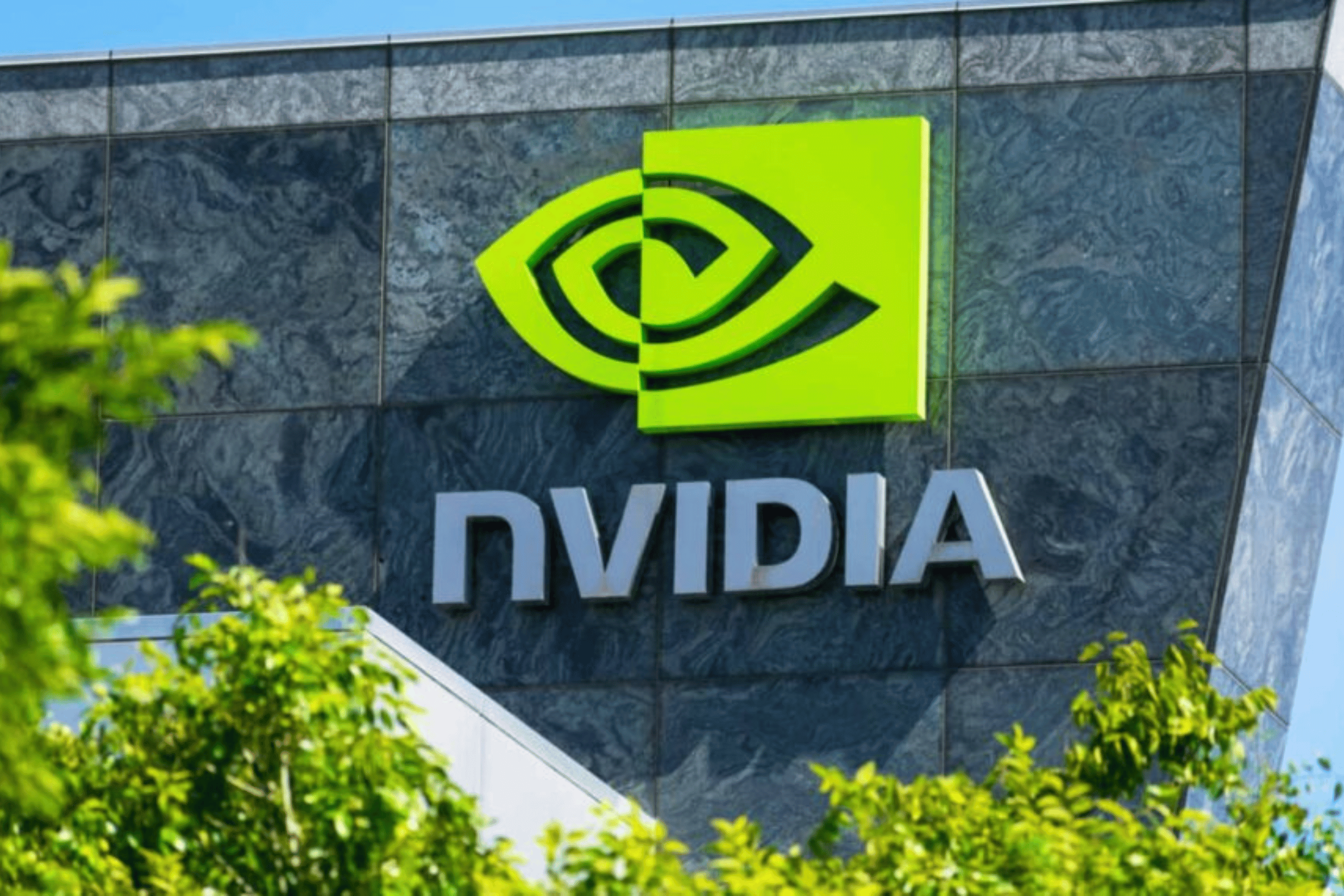
The recent trade tariff threats by former U.S. President Donald Trump have significantly boosted the appeal of Bitcoin and gold as alternative assets. On his Truth social media platform, Trump declared, “We are going to require a commitment from these seemingly hostile countries that they will not produce a new BRICS currency, nor support any other currency to replace the mighty U.S. dollar, or they will face 100 percent tariffs.” This statement aimed to deter BRICS countries from moving away from the U.S. dollar as their reserve currency has increased interest in Bitcoin and gold.
Bitcoin’s Resilience in Volatile Markets
Bitcoin’s market performance has been a focal point during these geopolitical tensions. As of now, Bitcoin trades near $104,500, according to Binance data, just 5% shy of reaching a new all-time high. However, Trump’s repeated tariff threats have caused some hesitation in Bitcoin’s upward momentum.
Despite this, Bitcoin showed recovery after a dip below $100,000 following the Federal Open Market Committee (FOMC) meeting earlier this week. The U.S. Federal Reserve maintained a slightly hawkish stance, holding the Fed funds rate steady at 4.25% to 4.50%. This decision underscores lingering concerns about inflation, although the labor market remains strong.
The Fed’s monetary policy statement emphasized balanced risks to its dual mandate goals but highlighted uncertainties around future rate cuts. U.S. Treasury yields rose following the Fed’s announcement, with the 10-year note gaining 4 basis points to 4.581%. Meanwhile, the U.S. Dollar Index increased to 108.1 points, further complicating the cryptocurrency market outlook.
Institutional Investments in Bitcoin
Institutional interest in Bitcoin continues to grow despite regulatory uncertainties. Norges Bank Investment Management, the world’s largest sovereign wealth fund, has reportedly invested heavily in Bitcoin-related companies. Notable stakes include Metaplanet and MicroStrategy, valued at $500 million. MicroStrategy’s extensive Bitcoin reserves make it a proxy for institutional BTC investment.
Additionally, Bitwise Asset Management has received initial approval from the U.S. Securities and Exchange Commission (SEC) for its exchange-traded fund (ETF) tracking Bitcoin and Ethereum prices. The ETF’s approval could signify a major step forward for cryptocurrency adoption, pending final regulatory clearances.
Challenges to Bitcoin Adoption
While Bitcoin’s popularity grows, challenges remain. European Central Bank (ECB) President Christine Lagarde’s criticism of Bitcoin as a reserve asset underscores skepticism from global policymakers. Such resistance hinders Bitcoin’s path to mainstream adoption. However, on-chain data suggests bullish sentiment may still prevail, despite short-term volatility.
Gold Hits All-Time High Amid Economic Uncertainty
Gold has also seen a surge in demand, reaching a record high of $2,799 per ounce, marking a 6.5% gain for the month. Investors’ concerns over Trump’s tariff policies and their potential economic repercussions have bolstered gold’s safe-haven appeal.
The Fed’s hawkish stance has also played a role in gold’s ascent. A slight increase in U.S. Treasury yields has supported the dollar, but the precious metal remains a strong hedge against inflation and geopolitical tensions. Central banks’ increased borrowing of gold in the London bullion market further highlights the metal’s enduring value in uncertain times.
Bitcoin and Gold as Economic Safe Havens
As global trade faces uncertainties due to protectionist policies, Bitcoin and gold continue to attract investors seeking stability. While Bitcoin represents the future of digital finance, gold remains a timeless asset. Both serve as vital hedges against economic and geopolitical volatility, reinforcing their positions in the modern financial landscape.






Leave a Reply